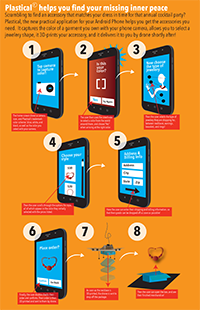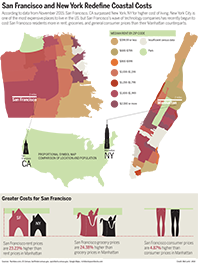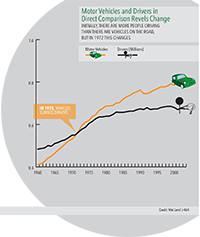This is my diagram project! I diagramed out a phone application that could exist, as a prototype map. I use it to demonstrate the customer journey (visualizing the steps the customer would take to use the application leading to purchase and receipt of goods), and to map the respective user experience. The goal of this application is to provide a unique fast-fashion approach to accessorizing through use of an application-centric commerce site, drones, and 3D-printing. Some of the current components (drones and 3D-printing, to be exact) would need to experience technological advances in speed and affordability for this business model to succeed, but that isn’t to say it couldn’t work out in the future after key advancements have been made!
I struggled a little with the perspective grid tool, but got better as I went, particularly with using it to modify text shapes. Eventually, I discovered I was just making everything more complicated, and that was the central source of difficulty for me.
I really like how this turned out! I know my color scheme is unusual, but I think it captures the flavor of the application. I am really proud of my progress with the perspective tools, such as those needed to make the phone 3D, as well as those needed to warp the text to fit. I really think this project got me to practice a range of techniques I learned in and out of class, and made me a stronger diagram-designer. I had a lot of fun designing my own application prototype as well through this assignment, from the top down. I think I learned a lot, and got to apply some of the things I’ve learned about branding across my coursework at IU. I also wanted to add that I left out the credit line because the idea was from me, and because ideally I’d feature this in media other than a newspaper where the credit line went above the graphic. This was fun!



